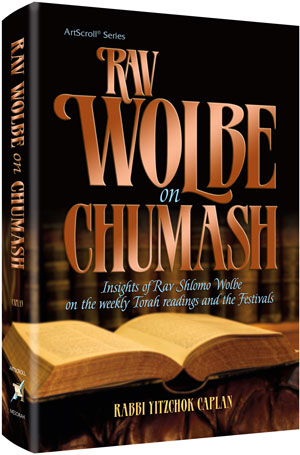Rav Yisroel Salanter said that the way to ensure that one is signed and sealed for life on Rosh Hashana, is to be a person that is needed by many people. Since this person plays such a pivotal role in this world, Hashem will make certain that he continues to dwell amongst those people who need him.
Rav Wolbe writes (Alei Shur vol II pg. 424) that when one lives a Torah true life and observes his brethren who have not sampled the beauty of such a lifestyle, surely his heart will go out to them with a desire to bring them closer to Hashem and His Torah. If a person would see a man lying in the street immersed in blood from his wounds, he would certainly run to attempt to save his life. If so, when we see thousands that are dying from spiritual starvation, how can we not try to save as many of them as possible?
We can't just serve Hashem in our little corner and block out the rest of the world. If we have tasted some of the sweetness of Torah, we must share it with others who have not yet been worthy. This is one way to gain the title of a person needed by others, and ensure a sweet new year.
There is always someone out there that knows less than you about Yiddishkeit and could gain immensely form your knowledge. A Shabbos invitation, a telephone call (e.g. Partners in Torah), or a sincere inquiry as to his wellbeing can not only make an indelible impression on another Jew; it can ensure one that he will inscribed in the book of life for the year to come!
Kesiva V'Chasima Tova!

